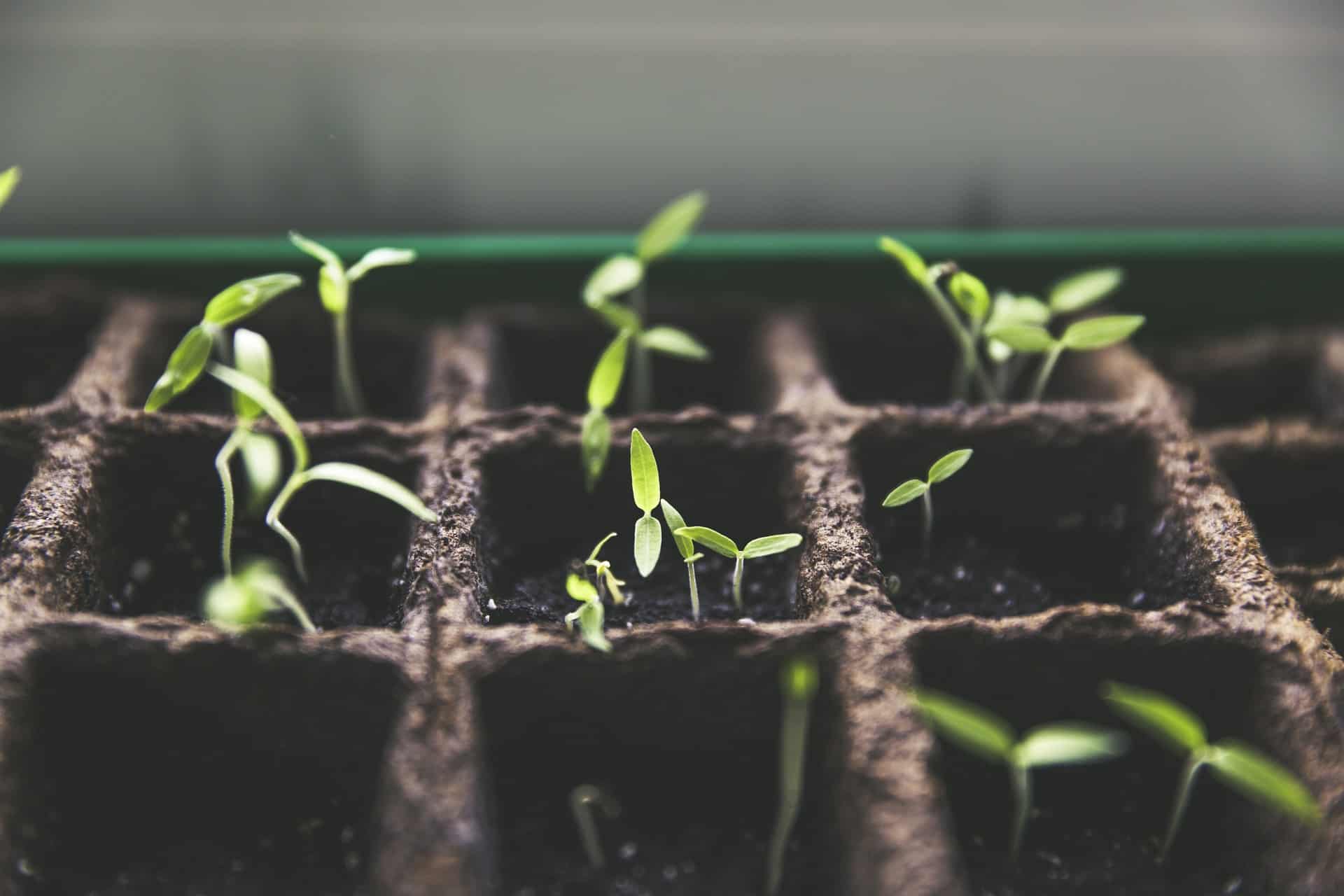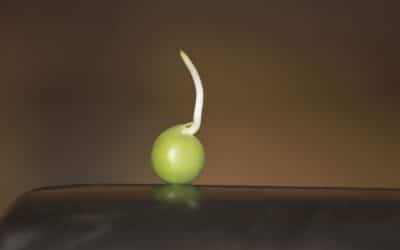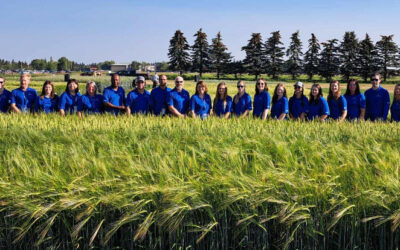Modern plant breeders have access to a wealth of tools that make their work easier.
Long gone are the days of mashing plants together and hoping for the best. Plant breeders now have access to numerous tools which make their breeding work more precise and effective.
Take molecular markers as an example. Molecular markers are a tool or a group of plant breeding methods that enable breeders to examine the genome and understand the intricacies of it, Beni Kaufman, director of business development at Agriplex Genomics, explains during the Jan. 18 episode of Seed Speaks. From here plant breeders can then identify the genome’s DNA sequence variation to use as the base for various breeding schemes.
“It is used to understand the genetic foundation — the blueprint if you will. It also is being used to monitor the changes that you are introducing over time,” he says.
For Ron Knox, a research scientist with Agriculture and Agri-Food Canada in Swift Current, Sask, molecular markers have made his plant breeding work immensely easier.
“With the modern technologies and the number of markers that we have access to now, for somebody that’s involved in molecular genetics, it’s a little akin to a child in a candy store. It’s a wonderful thing,” Knox explains. He adds the wealth of information can be overwhelming at times though.
One discovery that has pushed molecular marker technology and plant breeding forward is that of genome sequences. Groups of scientists around the world have been able to sequence the genomes of crops such as peas and wheat creating reference genomes. These genomes allow plant breeders to be more efficient in their plant breeding work.
“In the type of work that I’ve been involved with, there’s a level of kind of chance and randomness to the work,” Knox explains. “Now, with the reference genome, all the sequences are laid out in a way every base in the DNA is numbered and organized.”
For Kaufman, reference genomes make all the difference in his work at Agriplex Genomics. He explains that there can’t be molecular marker data points without the right primers for PCR or sequencing reactions that come from reference genomes.
“The reference genome gives this, if you will, topographical context to the markers. That is the tool that enables understanding linkage, mapping and the physical cloning of sequences or genes and so forth,” Kaufman adds.
Genomics isn’t the only promising area of plant breeding. Knox thinks there are lots of opportunities for phenomics moving forward.
“Phenomics and high throughput phenotyping, I think those provide opportunities to look at our plants in more detail and in terms of the phenomics – looking at traits as they progress over time. So, it provides an additional dimension to our understanding,” he explains.
Tom Warkentin, pulse breeder at the University of Saskatchewan, also sees a lot of possibilities for gene editing. He adds gene editing can be a very powerful tool if you know the gene of interest and its sequence. Warkentin cautions though that not all jurisdictions globally are welcoming of gene editing currently.
Related Articles
How Mendel’s Discoveries Paved the Way for Modern Plant Breeding
Crop Scientists Help Crack the Durum Wheat Genome
Gene Editing Excites the Minds, and Taste Buds, of Consumers





